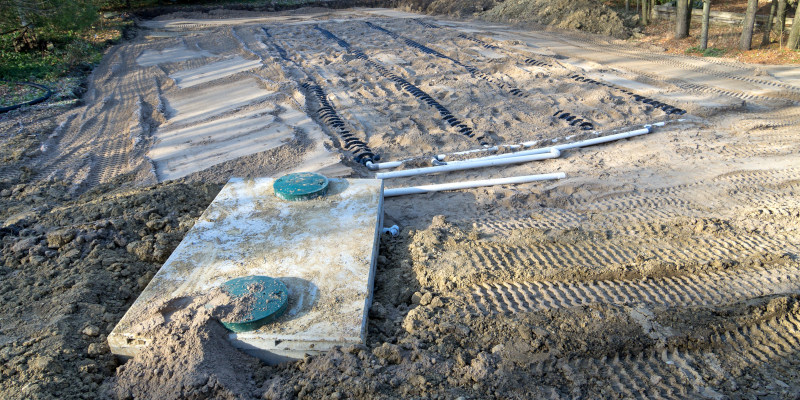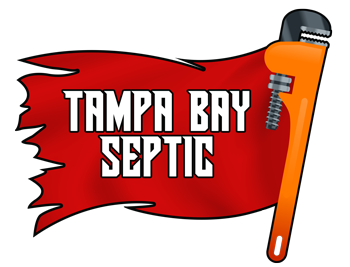Today, a lot of homes rely on the municipal wastewater treatment system to process waste from their homes. But nearly as many rely on septic systems to process this waste. If your home has a septic system, or if you’re planning on moving into a home with one of these systems, it’s important to know how septic systems work.

The process begins when wastewater comes from your house out of the drainage pipe and into your septic tank. This tank is a water-tight container made of fiberglass, concrete, or polyethylene that is buried underground. Your tank will hold the wastewater long enough for the solids to settle down at the bottom. The oil and grease will float to the top, and the effluent will remain sandwiched in the middle.
Once the solid waste has settled, the effluent will leave the septic tank and then travel into the drain field. This is a covered, shallow site made of unsaturated soil. The wastewater will travel through a series of pipes onto the surface, and then the soil will absorb it. At this point, the soil will treat and disperse the wastewater as it comes through, ultimately discharging it to the groundwater below.
We know septic systems, so if you need advice about caring for your system or need someone to complete a repair, we’re the ones to turn to. Contact us today at Tampa Bay Septic to get our septic experts on the job. We can help you take better care of your home’s septic system.


